GPCR/G protein
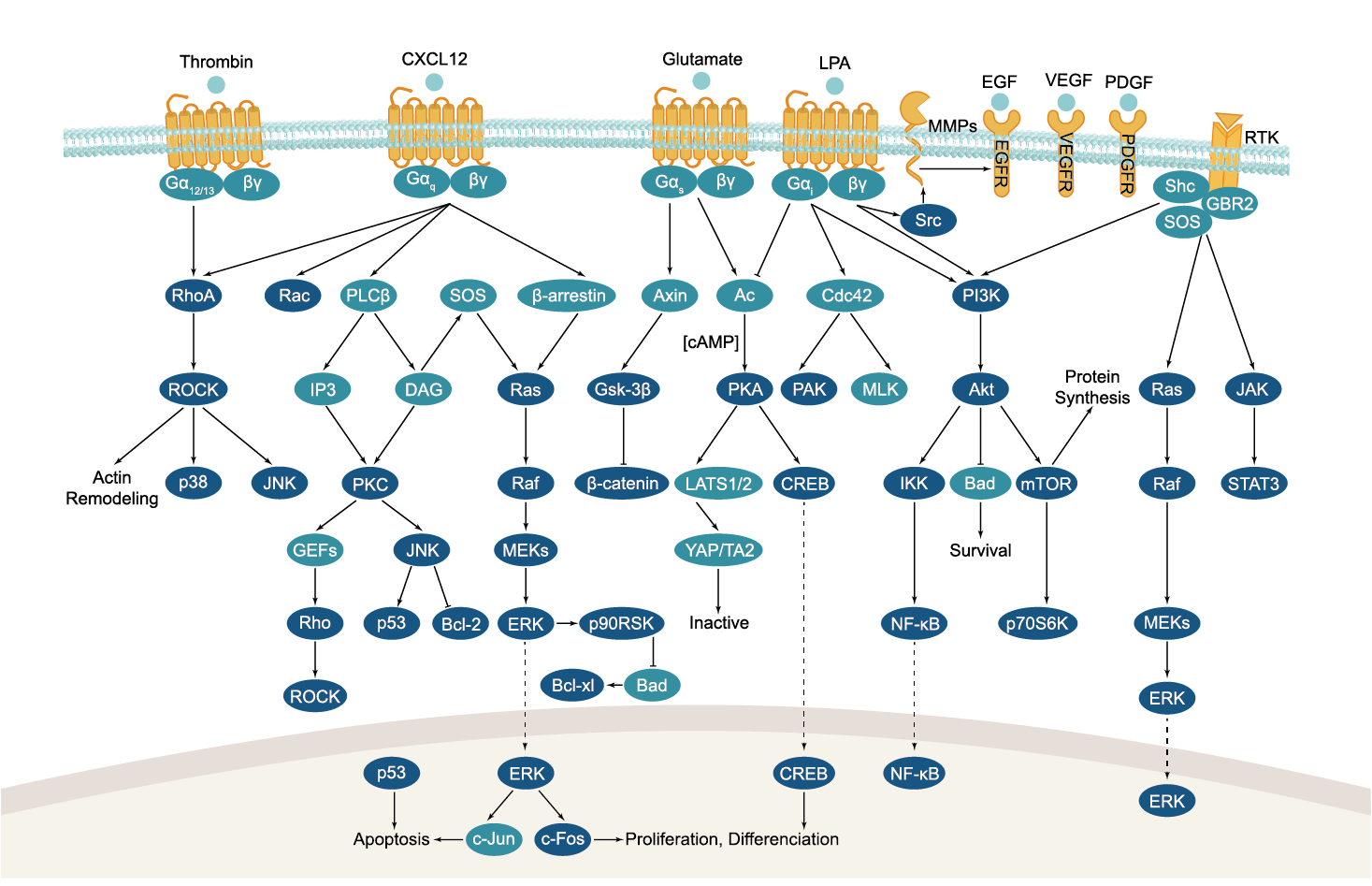
All GPCRs share a common seven trans-membrane structure. GPCRs are associated with heterotrimeric G-proteins which are GTP-binding proteins made of alpha, beta, and gamma subunits. When a ligand binds to GPCR, it activates the attached G-protein, the GDP is replaced with GTP. The activated G-protein then dissociates into an alpha and a beta-gamma complex which activates downstream signaling pathways. These intracellular signaling pathways include cAMP/PKA, calcium/NFAT, phospholipase C, protein tyrosine kinases, MAP kinases, PI-3-kinase, nitric oxide/cGMP, Rho, and JAK/STAT.
GPCRs are one of the most important therapeutic targets for various diseases, over 30% of all modern medicinal drugs target this family. Aberrant GPCR functions are involved in pathological conditions such as neurological, immunological and hormonal disorders. A large number of GPCRs have been identified, but whose ligands are not known, are classified as orphan receptors.
-
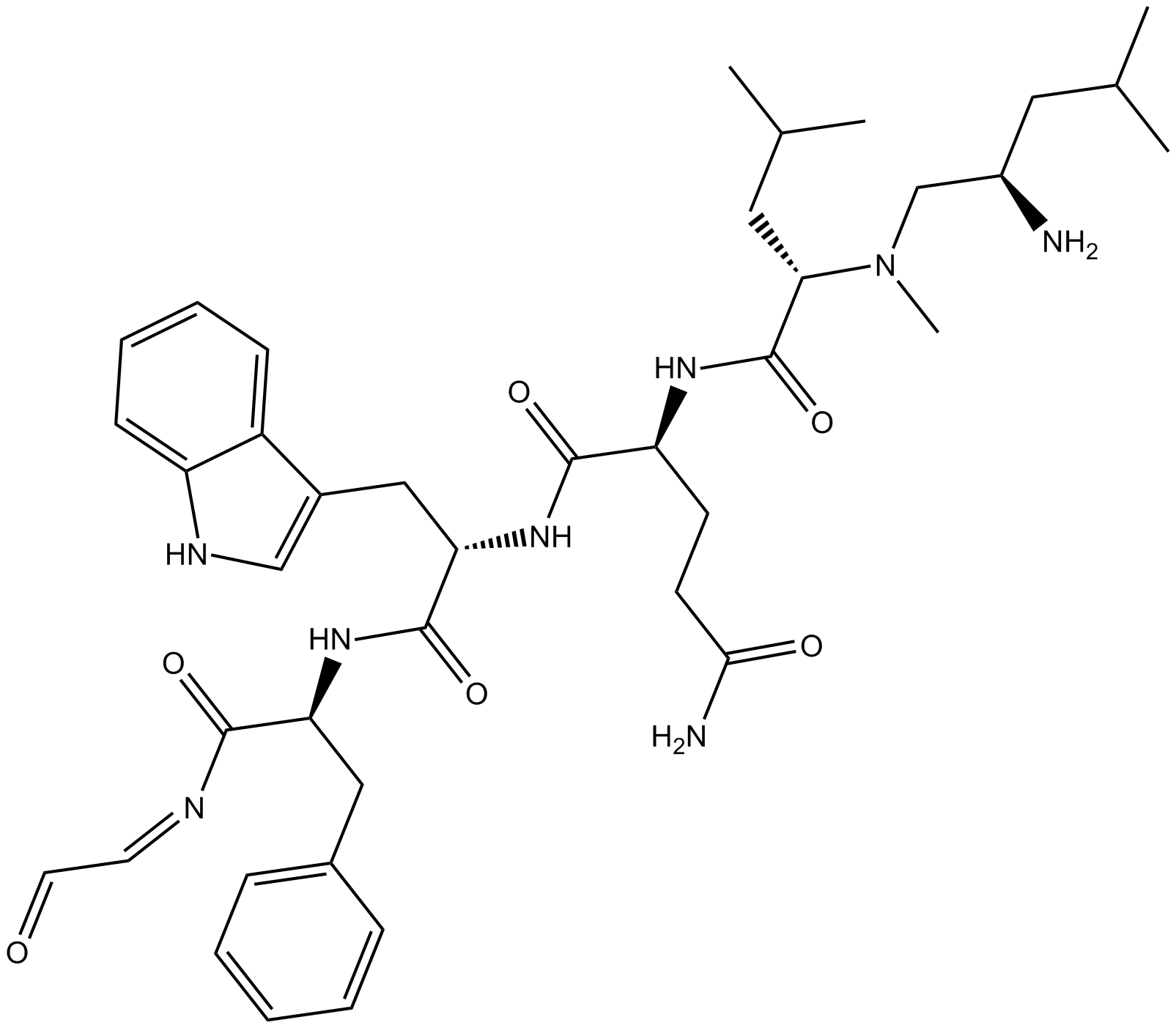 B5078 MDL 29,913Summary: NK2 tachykinin receptor selective antagonist
B5078 MDL 29,913Summary: NK2 tachykinin receptor selective antagonist -
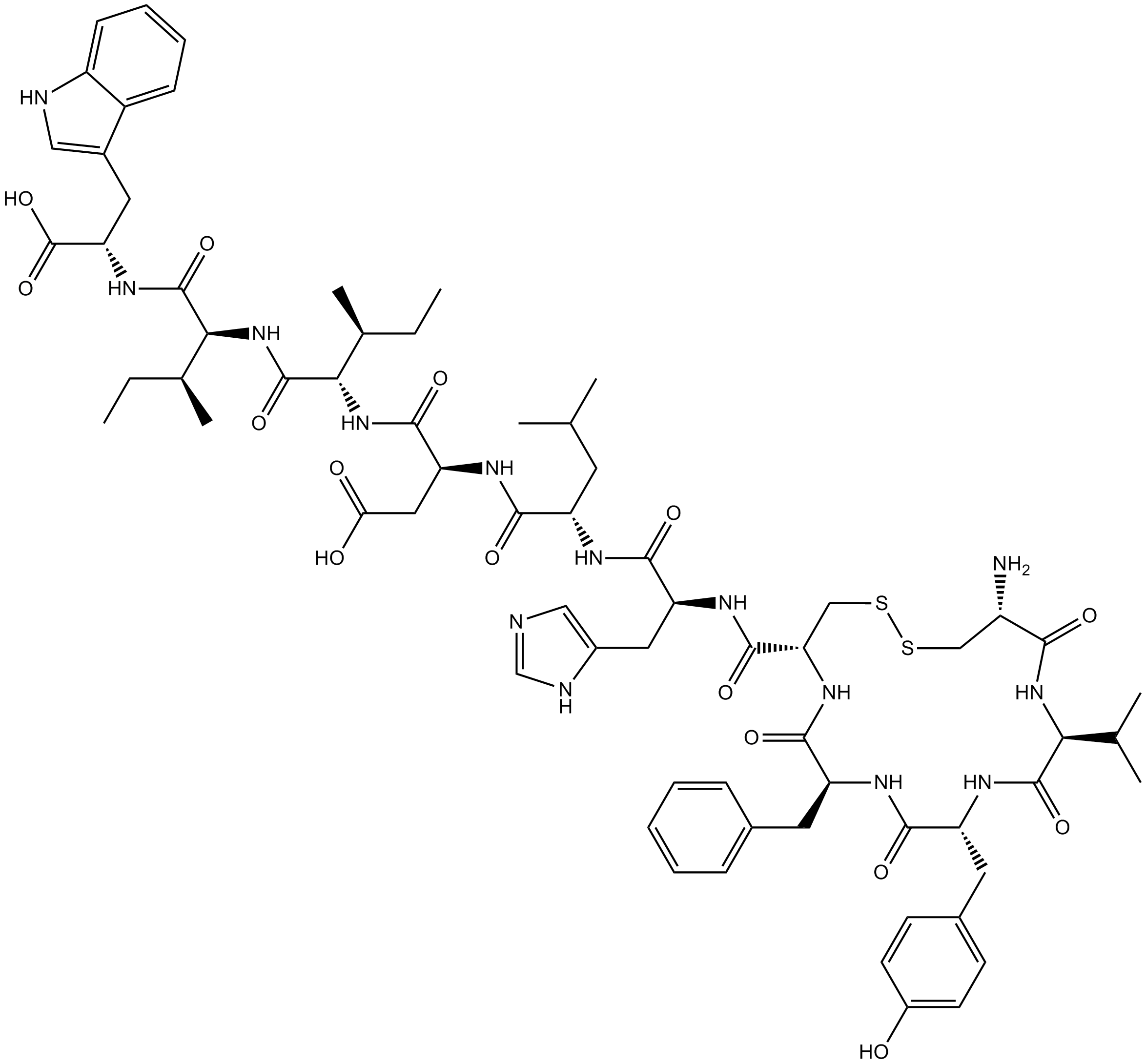 B5079 IRL-1038Summary: ETB endothelin receptor antagonist
B5079 IRL-1038Summary: ETB endothelin receptor antagonist -
![[Ala1,3,11,15]-Endothelin](/pub/media/prod_images/b/5/b5080.png) B5080 [Ala1,3,11,15]-EndothelinSummary: Selective ETB endothelin receptor agonist
B5080 [Ala1,3,11,15]-EndothelinSummary: Selective ETB endothelin receptor agonist -
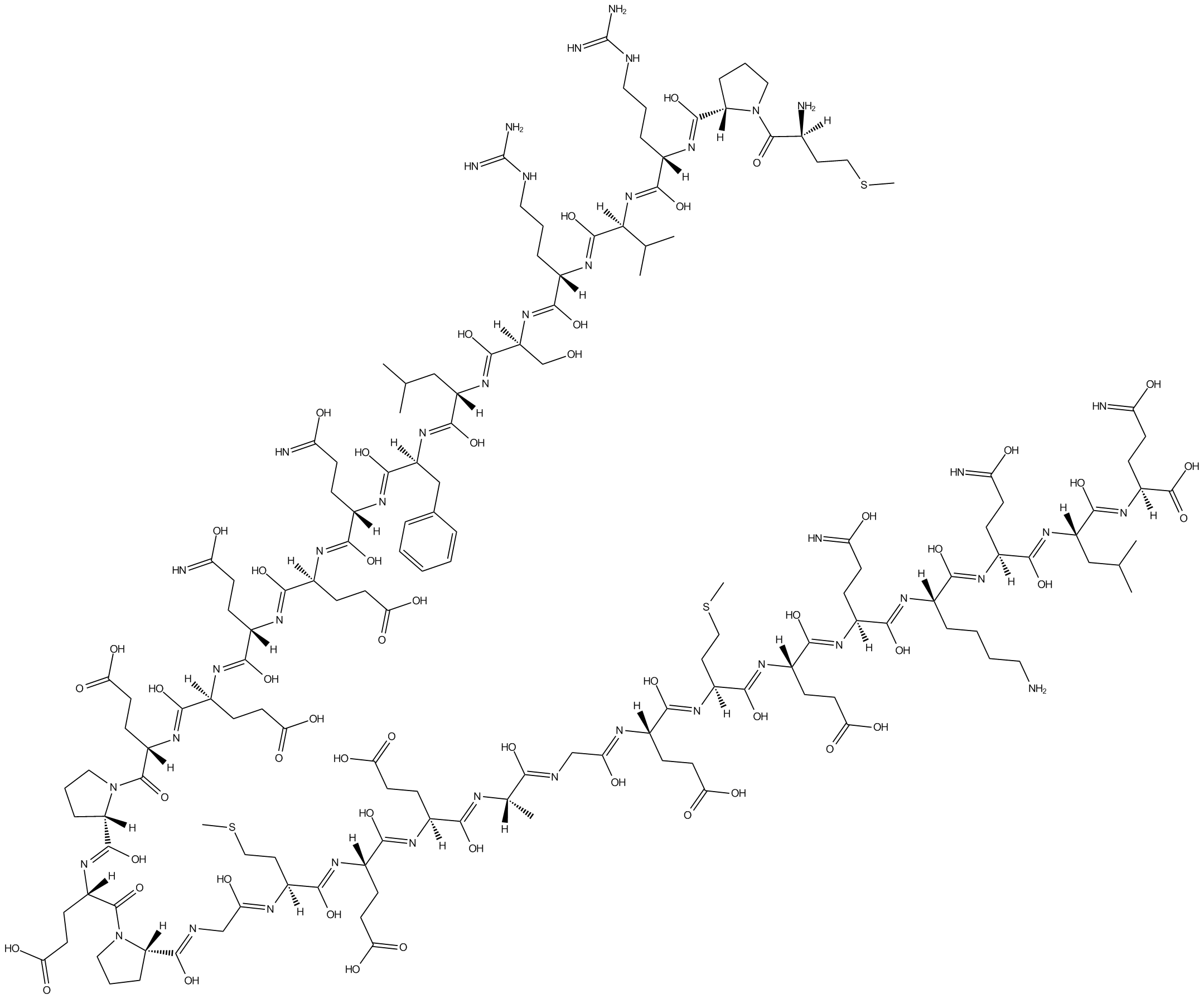 B5081 Nocistatin (human)Summary: Blocker of nociceptin-induced allodynia and hyperalgesia
B5081 Nocistatin (human)Summary: Blocker of nociceptin-induced allodynia and hyperalgesia -
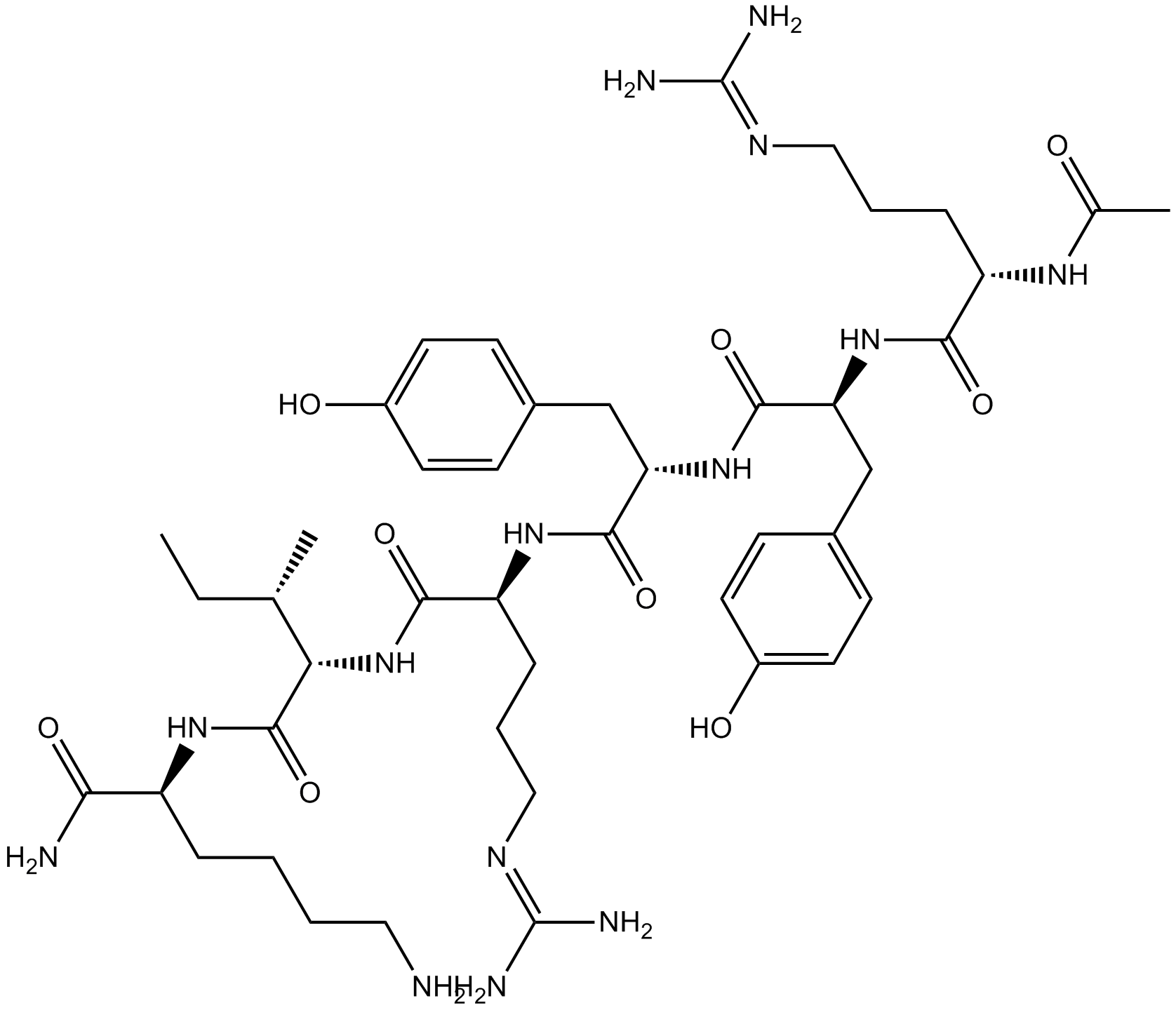 B5085 Ac-RYYRIK-NH2Summary: High affinity ligand for the NOP site
B5085 Ac-RYYRIK-NH2Summary: High affinity ligand for the NOP site -
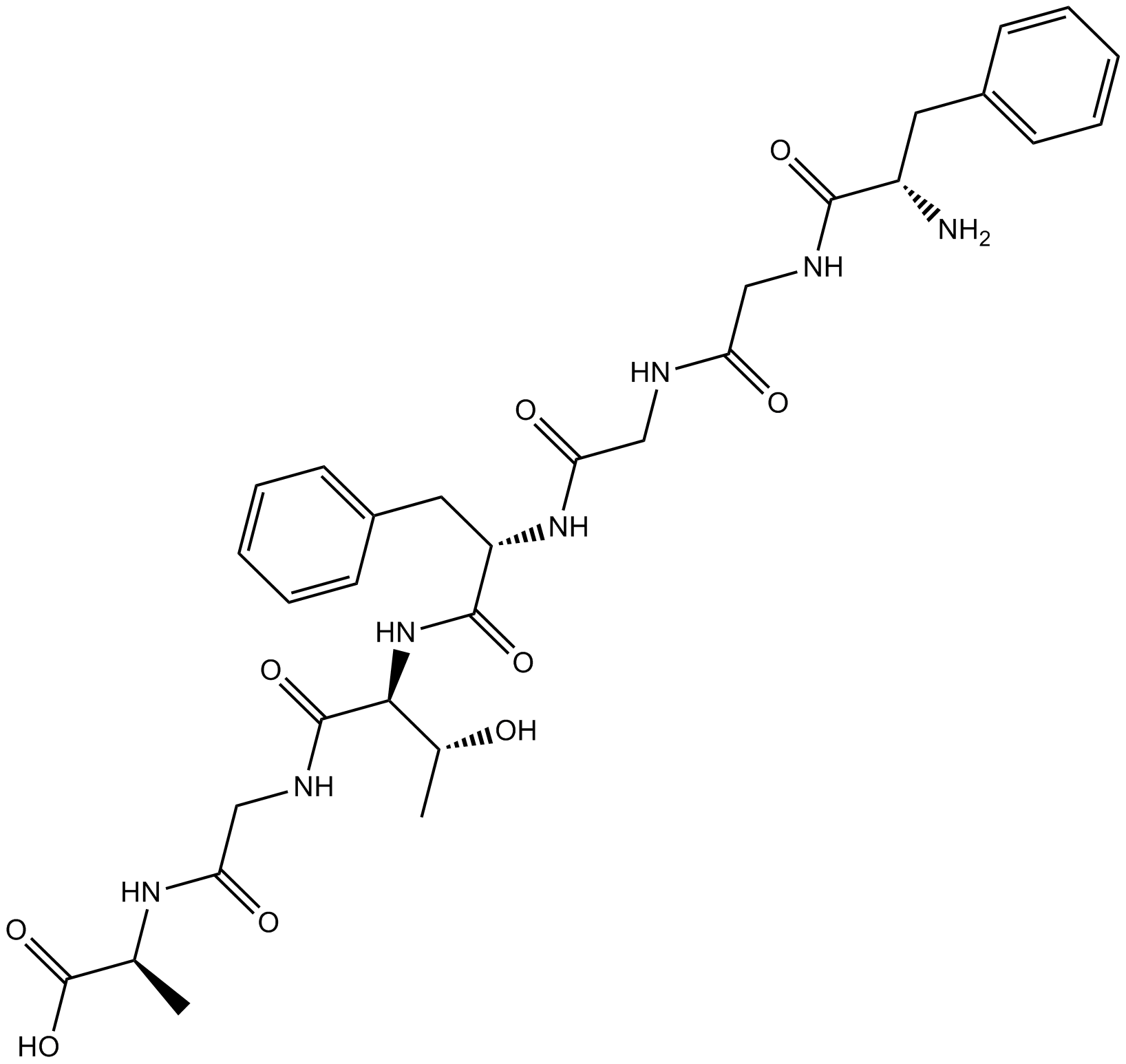 B5087 Nociceptin (1-7)Summary: Bioactive metabolite of nociceptin, antagonist of nociceptin-induced hyperalgesia
B5087 Nociceptin (1-7)Summary: Bioactive metabolite of nociceptin, antagonist of nociceptin-induced hyperalgesia -
![[Nphe1]Nociceptin(1-13)NH2](/pub/media/prod_images/b/5/b5089.png) B5089 [Nphe1]Nociceptin(1-13)NH2Summary: Selective and competitive nociceptin receptor antagonist
B5089 [Nphe1]Nociceptin(1-13)NH2Summary: Selective and competitive nociceptin receptor antagonist -
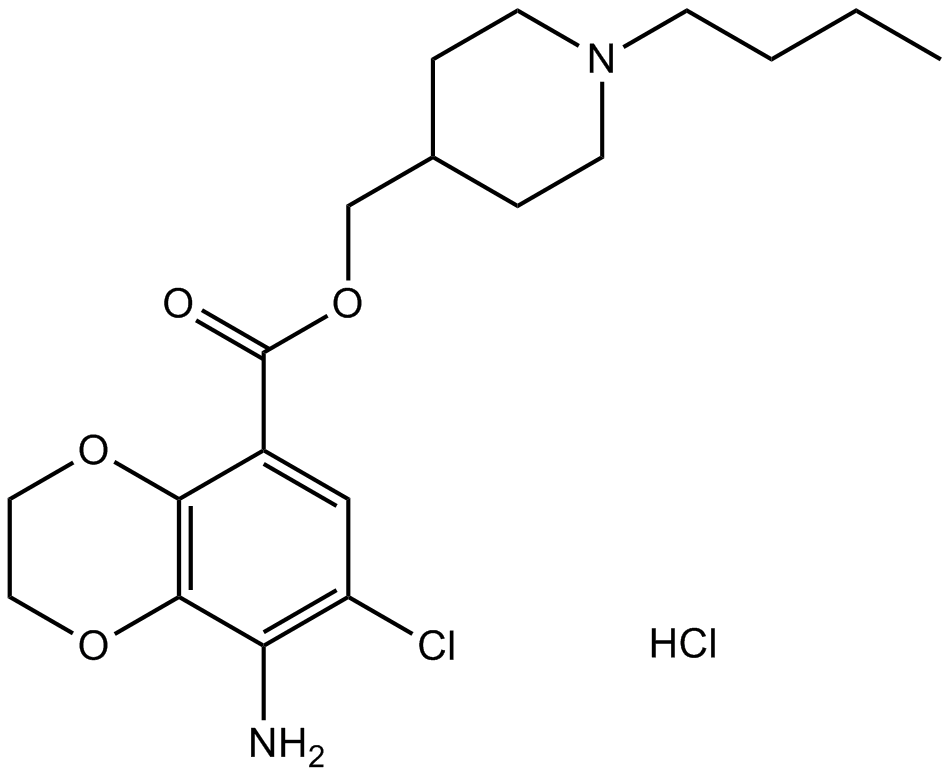 B5105 SB 204070Summary: Potent and selective 5-HT4 receptor antagonist
B5105 SB 204070Summary: Potent and selective 5-HT4 receptor antagonist -
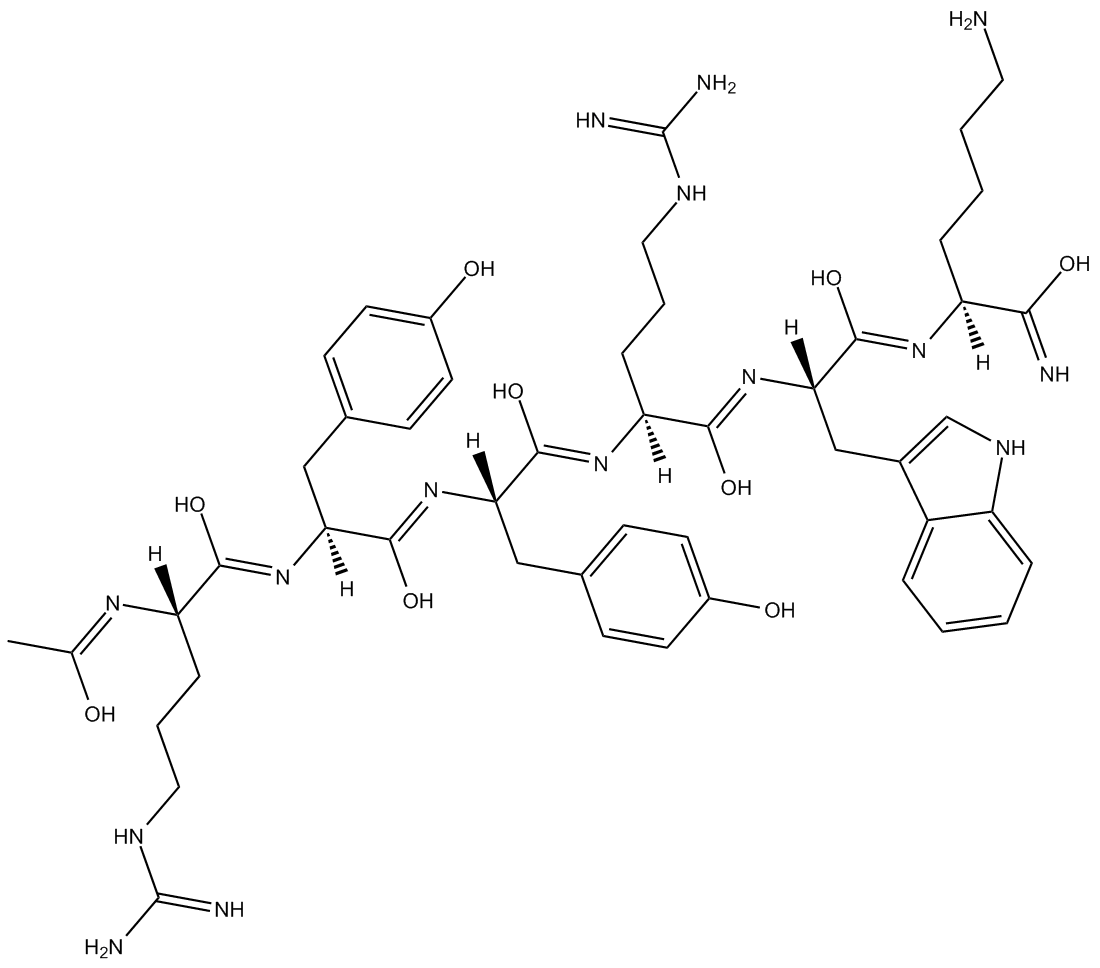 B5108 Ac-RYYRWK-NH2Summary: selective partial agonist peptide for the NOP receptor
B5108 Ac-RYYRWK-NH2Summary: selective partial agonist peptide for the NOP receptor -
 B5114 Metastin (human)Summary: Potent endogenous ligand of the kisspeptin receptor (KISS1, GPR54).
B5114 Metastin (human)Summary: Potent endogenous ligand of the kisspeptin receptor (KISS1, GPR54).

